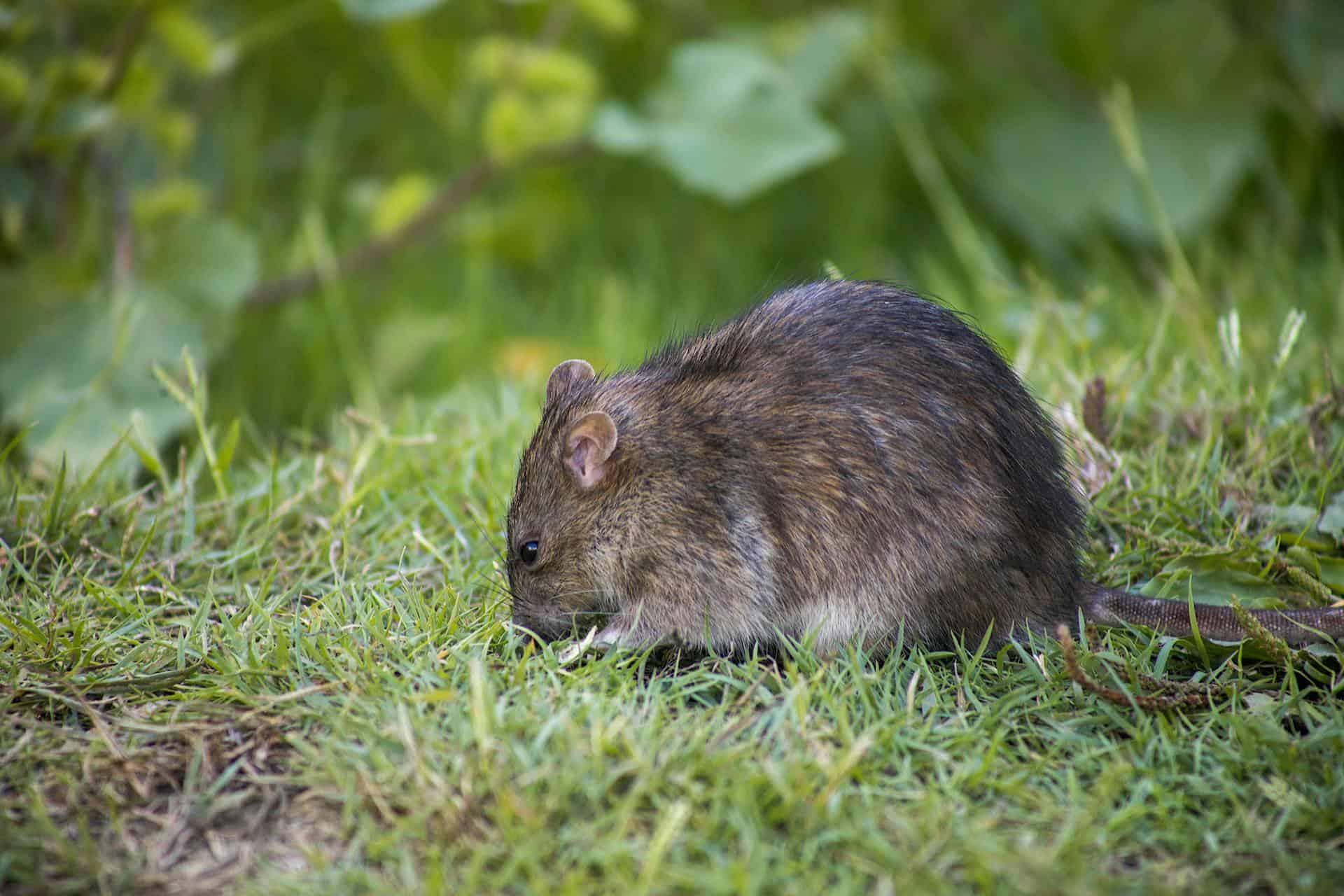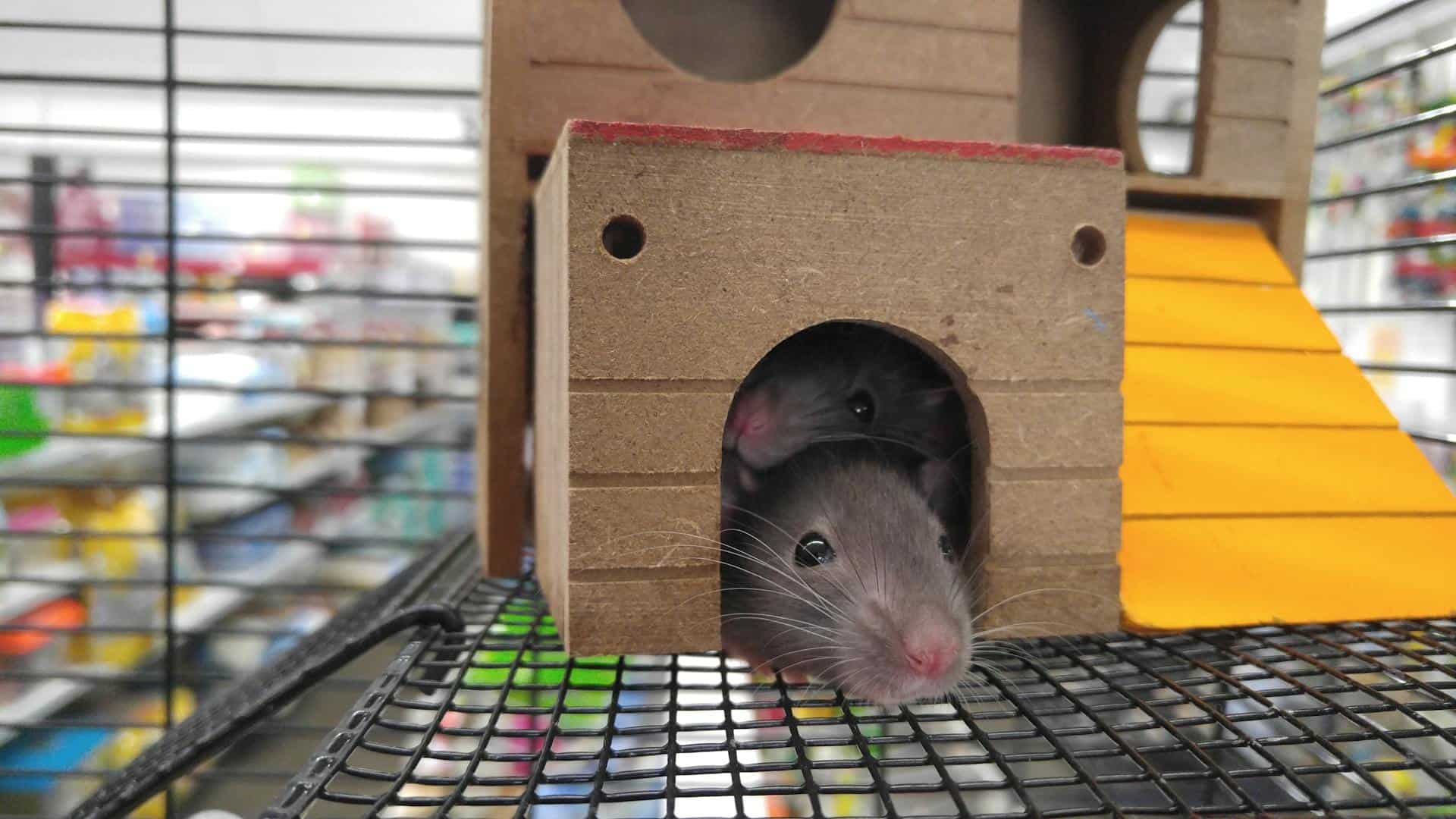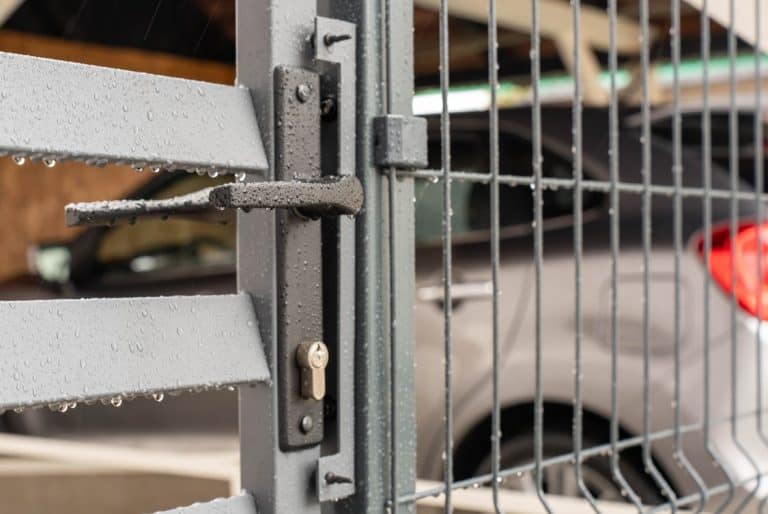Often, pests can go unnoticed until it’s too late. Recognizing the signs of infestation early is key to saving your property and your health.
Some pests are problems year round while others show up in large numbers at a specific time of the year. These occasional invaders can enter your home through damaged doors and windows or are attracted to moist harborage areas.
Rodents
Rodents are a group of mammals (order Rodentia) that includes species like rats, mice, squirrels, beavers, porcupines, and hamsters. They live in a variety of habitats and can be arboreal, fossorial, saltatorial/ricochetal, or semi-aquatic in nature. They are distinguished by a pair of continuously growing incisors in their upper and lower jaws. They are a common pest in urban environments, causing crop loss and food contamination. They also transmit diseases to humans and pets.
If left unchecked, a single rodent population can quickly grow into an infestation, says Toxic Respond. You should keep an eye out for signs of rodent activity, such as droppings or gnaw marks around the property. You may also hear scurrying or scratching sounds at night, as rodents are most active at this time. Check inside cabinets and behind appliances for signs of rodent nests. You should also regularly inspect and maintain your property to prevent rodent entry into your home or business. This can be done by keeping trash in tightly-sealed containers and storing dry goods, such as grains and cereals, in metal or plastic containers. Keep vegetation trimmed and weeded, as well.
If you suspect a rodent problem, it’s important to contact a professional as soon as possible. There are many effective control methods for rodents, including traps, baits, repellents, and exclusion. It’s also a good idea to install screens and repair damaged vents in your home, as rodents can squeeze through the smallest openings. It is essential to keep your home and workplace clean, as rodents will be attracted to crumbs and other potential food sources. In addition, make sure to regularly clean up pet waste and store food in airtight, sealed containers.
Insects
Many types of insects enter structures in search of food, water or shelter from harsh weather. In general, these pests do little or no structural damage to buildings, but can become a nuisance if their numbers build up.
Occasional invaders include boxelder bugs, stink bugs and beetles. These pests typically don’t cause damage to buildings, but they can be a nuisance to customers and employees when their numbers build up inside. They are often attracted to lighting, especially white lights. For this reason, it is important to avoid placing lights in close proximity to entry doors and windows.
Springtails are another insect that may enter homes, although they generally do not cause damage. They are tiny jumping insects with a distinctive appendage called a furcula that is tucked up under their abdomen. When a springtail is disturbed, it releases the furcula which propels it away from danger. This is why reports of hundreds or thousands of tiny dark jumping insects in basements, bathrooms and kitchens are usually correctly diagnosed as springtails.
Stink bugs and beetles can also become a nuisance when their populations grow indoors, especially if they are trapped in or near food products. When they are in high numbers indoors, they can contaminate food and create unpleasant odors.
Another nuisance pest is the spotted lanternfly (Lycorma delicatula). This invasive insect has caused extensive damage to trees and crops in our region. It has a preference for the tree of heaven, (Ailanthus altissima), but will feed on a wide variety of host plants.
The best strategy for controlling occasional invaders is to exclude them by sealing cracks around windows, doors and utility pipes with a good quality silicone-latex caulk. Moisture control indoors and outside is also important in preventing their return.
Occasional invaders are most commonly attracted to light, which is why a good preventive strategy involves keeping lighting low and off of building walls. If a facility has a problem with a high number of these pests, a professional should be consulted to evaluate the situation and determine the most appropriate treatment options.
Weeds

Weeds are unwanted plants that disrupt ecosystems by impeding or competing with crop plants for resources like water, sunlight, and nutrients. They can also obstruct harvesting, making agriculture more costly and difficult. They can harbor pests and diseases that can harm crops, too. Weeds are not just an agricultural problem – they can grow in urban environments, where their removal is expensive and difficult.
The invasive plant problem is global and crosses boundaries, so it requires international collaboration to combat its spread. Biological control methods are being tested to tackle some of the most feared weeds, such as Brazilian pepper tree which is smothering riparian areas and declared a weed in many places, and Javan plum (Syzygium japonicum), which is spreading into bushland and causing a lot of concern for revegetation workers.
Invasive exotic weeds that threaten natural as well as agricultural ecosystems over large regions are special cases that require a war mentality. They can be controlled using nontoxic “weapons” such as classical biocontrols imported from the weed’s place of origin or grazing by sheep and goats that will eat some invasive weeds that cattle won’t.
Some serious weeds were first planted as flowers or ornamental plants that escaped into surrounding farmland or natural ecosystems, and others were brought here by mistake as seed contaminants in vegetable or crop seeds, feed grain, foods, bedding plants, or other materials. Public land managers can reduce the risk of introducing problem weeds by regularly searching their sites for new arrivals, and purchasing their crop seed, food products, or feed grains from suppliers that can verify that they have been treated to remove weed seeds.
Invasive plants aren’t just a nuisance, they can be harmful to people and their economy, as illustrated by the case of Japanese knotweed, which has cost the city of Boston millions of dollars to control. The good news is that the eradication of this invasive species shows what is possible when people work together to solve a problem. Hopefully, this will be the approach that is taken in other situations where we see the negative impacts of invasive species.
Plant Diseases
Plants in our gardens, production fields, and natural areas are susceptible to diseases that can affect their health and productivity. Diseases that occur in vegetable and flower crops can result in reduced yield and quality or even death of the plant. Diseases that attack trees can have a similar effect, affecting the health and beauty of our landscapes. The fungus that causes the blight of tomato, for example, has wreaked havoc on crop yields around the world and has brought some tomato species close to extinction. Often the best sign of a disease is a physical indication such as fungii or bacterial cankers, which may be covered with gummosis a thick liquid exudate composed of the organism itself or by fruity-smelling fungal “spores.”
Pathogens get into plants through openings in the outer layer that are normally closed (like the pore-like stomata on leaves) or are opened by wounds or the penetration activities of insects. Then they can spread from one plant to another through root grafts, insect vectors, or the movement of infected soil or plant debris.
Because plants are continually exposed to a large number of pathogens, they have evolved complex defense systems to recognize and respond to these invaders. This is a constant arms race, as each pathogen develops ways to penetrate the protective barriers that the host has developed to keep out invading microorganisms.
If you are concerned about invasive plant species, try suffocating them with UV-stabilized plastic sheeting (preferably black). Secure the plastic to the ground and extend it several feet past the edge of the infestation on all sides. This will kill all vegetation beneath it, including invasive plants. Then, sow the area with a cover crop such as annual rye to prevent new invasions. Repeat this technique as needed for a few years to kill the infestation completely. It works especially well for small seedlings and herbaceous plants. For woody shrubs and trees, a combination of pruning to remove diseased material and spraying with herbicide may be necessary. This technique is best used in sites that you can regularly visit and treat.









